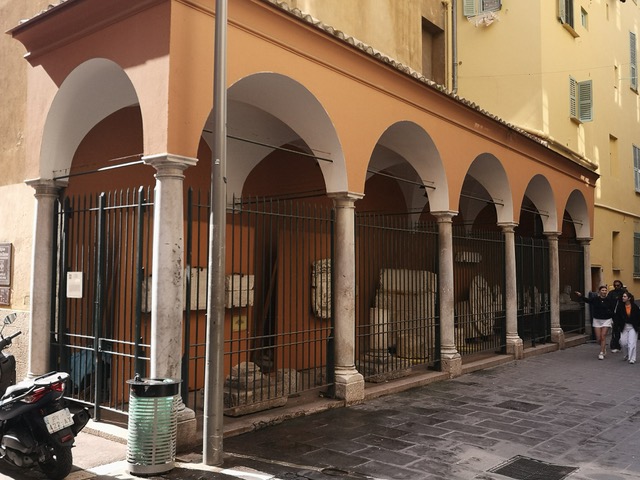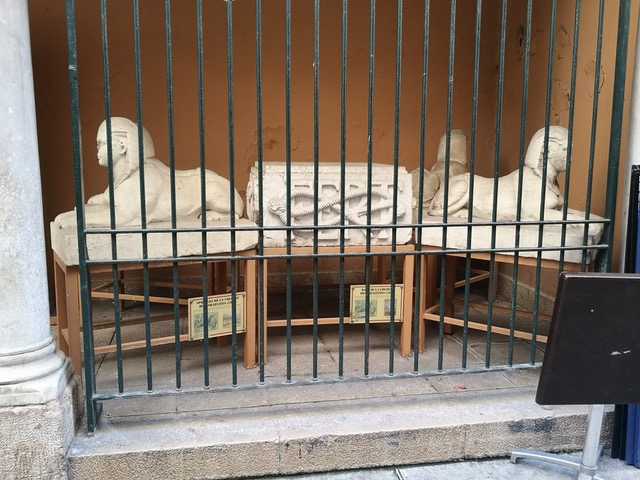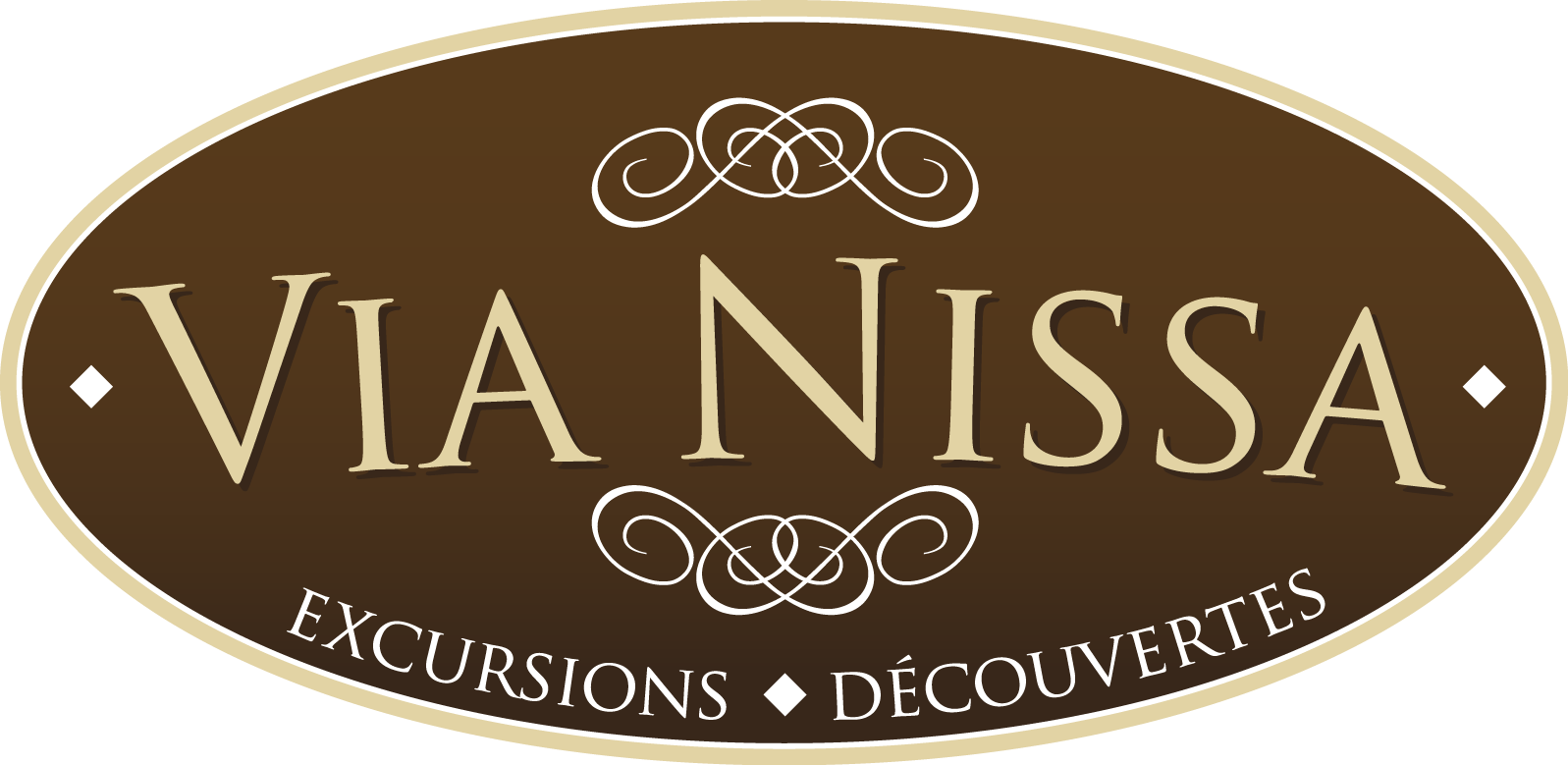
For a long time, the outdoor museum of vestiges on rue de la Prefecture held a stone tablet with letters in the Hebrew language that had remained a mystery to me. I had shown this tablet to many Hebrew speakers in an effort to figure it out and they usually suggested that it was simply a fragment of something much larger and whose letters were not only difficult to see but made no sense even if they could be read. That mystery lasted until the Nice resident and Israeli photographer, Drew Tal had the idea to read the tablet from a negative to decipher clearly what all the letters actually were. From there, an examination of the letters showed that they were actually abbreviations. After interpreting the abbreviations, the mystery was solved.

While it is very difficult to read the letters in the original, once we examined the negative we can begin to see clearly on the top line a date, 1702. It then becomes clear that this plaque is not a fragment but actually, the tombstone of a grave. Of this there can be no doubt, because the first three letters on the right side of the second line are an acronym which means « tombstone ». The Hebrew language is read from right to left. Moving down to the third line, we can find the word, « Kahanat », which is the female version of a popular Jewish name we know today as « Cohen », and it was a term giving to a Jewish priest in the Second Temple of Jerusalem which fell in the year 70 ad. The way the word is spelled on our tombstone is rare, however, never seen in Northern European Jewish communities, known as Ashkenai but it is seen in Spanish and Portuguese communities corresponding to the period when Jews from Portugeuse Jews were living in Nice. With the help of Jacob Marrache, a London resident whose relatives arrived in Nice from Gibraltar in 1762 century, I could understand that the deceased was a woman, and that she was from the Jewish community of Portugal. We didn’t really need to know that it was a tombstone, spelled out above because of the left side of line three there is also an abbreviation, meaning , « May her rest be honored ». And finally, at the bottom, we have a complete date, written in the Jewish calendar. The date Rosh Hodesh of Ab 5462, translates into today’s Gregorian calendar, as Wednesday, 26 July 1702.
The tombstone was likely found somewhere near today’s Place Garabaldi, where the former Jewish cemetery was located. The cemetery was moved to its present location of the Colline du Chateau in 1784.

The tombstone is not the only vestige in the outdoor museum which was a mystery. There are also a set of four sphinxes, which came from an obelisk or column at the entrance to the Pont Neuf, the second crossing on the right side of the Paillon river at today’s Place Massena, that the Jewish community erected in 1826 for the arrival of King Carlo Felice. This was a critical time for the Jews in Nice, who had been emancipated from their « ghetto » by Napoléon Bonaparte and now, with the restitution of Nice to the Kingdom of Sardinia in 1815, the Jewish community remained very uncertain of their status. Were they to remain free or were they to be forced back in the enclosed Jewish neighborhood in what we now call rue Benoit Bunico? The Jews in Nice had first been subject to a forced neighborhood from all the back to 1391 and after tasting freedom, there had no interest in returning. The King made his visit, but unfortunately for the Jewish community, two years later, in 1828, the Jews were sent back into the enclosed and locked street. The monument was removed in 1861, the year after Nice became part of France and where monuments to former Savoy leaders were not going to last long in the new French city.
Yet something remains a mystery. It seems that when the monument came down, a prominent Jewish family known as Avigdor sought to preserve the monument. At the time, they owned a Villa on the street known today as Quai des Etats Unis. Two of the Sphinxes can be still seen today on the top of the villa, begging the question that if two of the original four sphinxes remain on top of the villa, how can there still be a total of four sphinxes located in the outdoor museum? The only conclusion might be that two of the four sphinxes in the outdoor museum are actually fakes!

